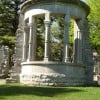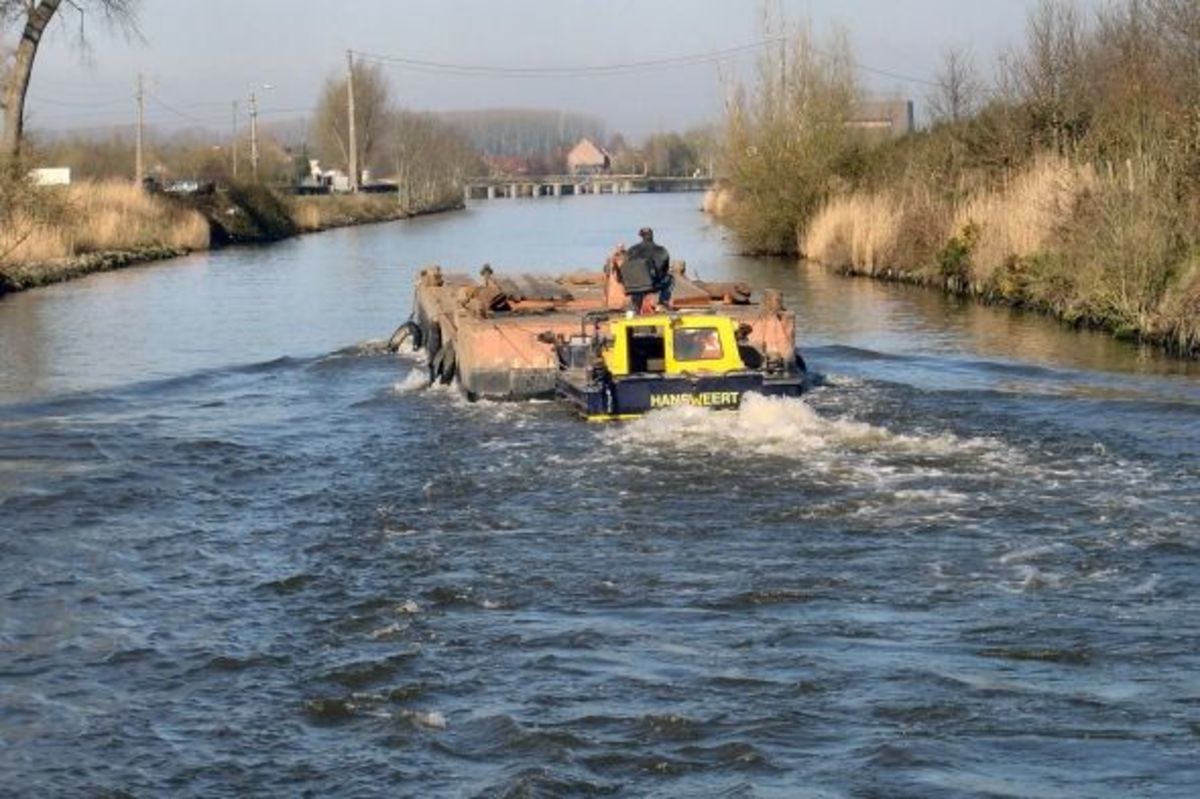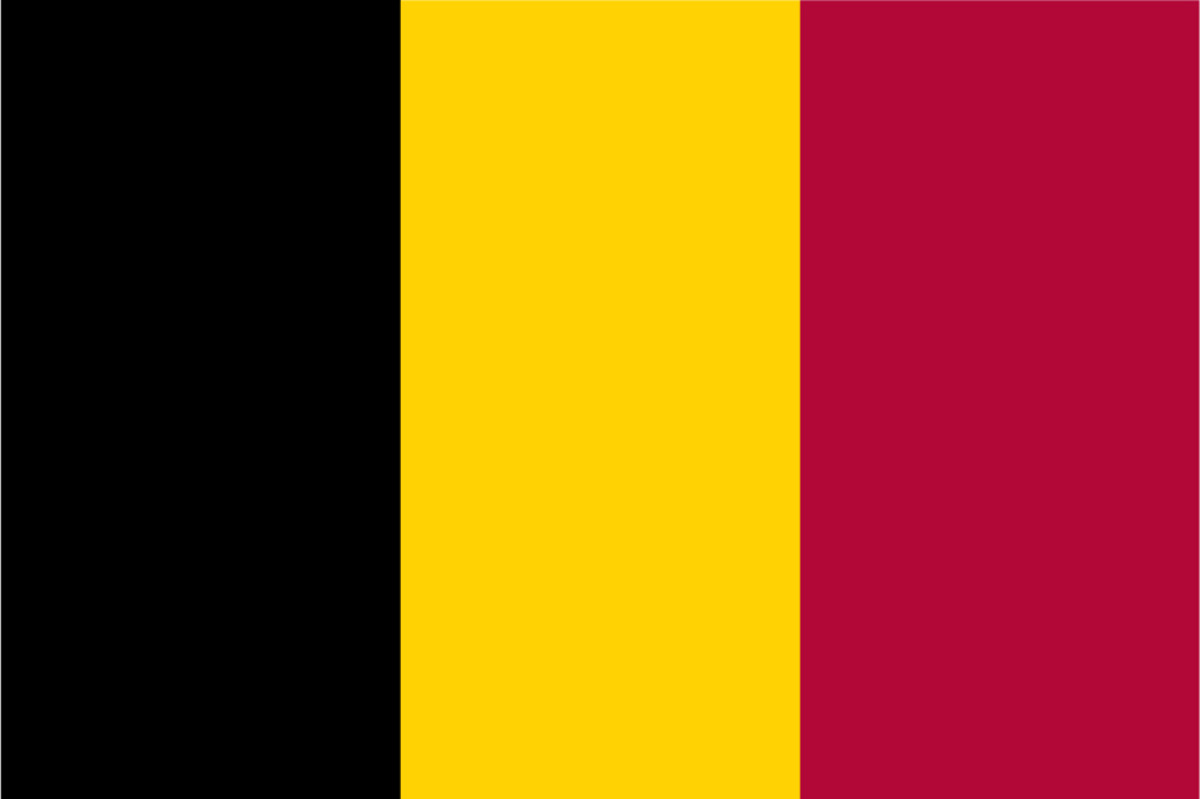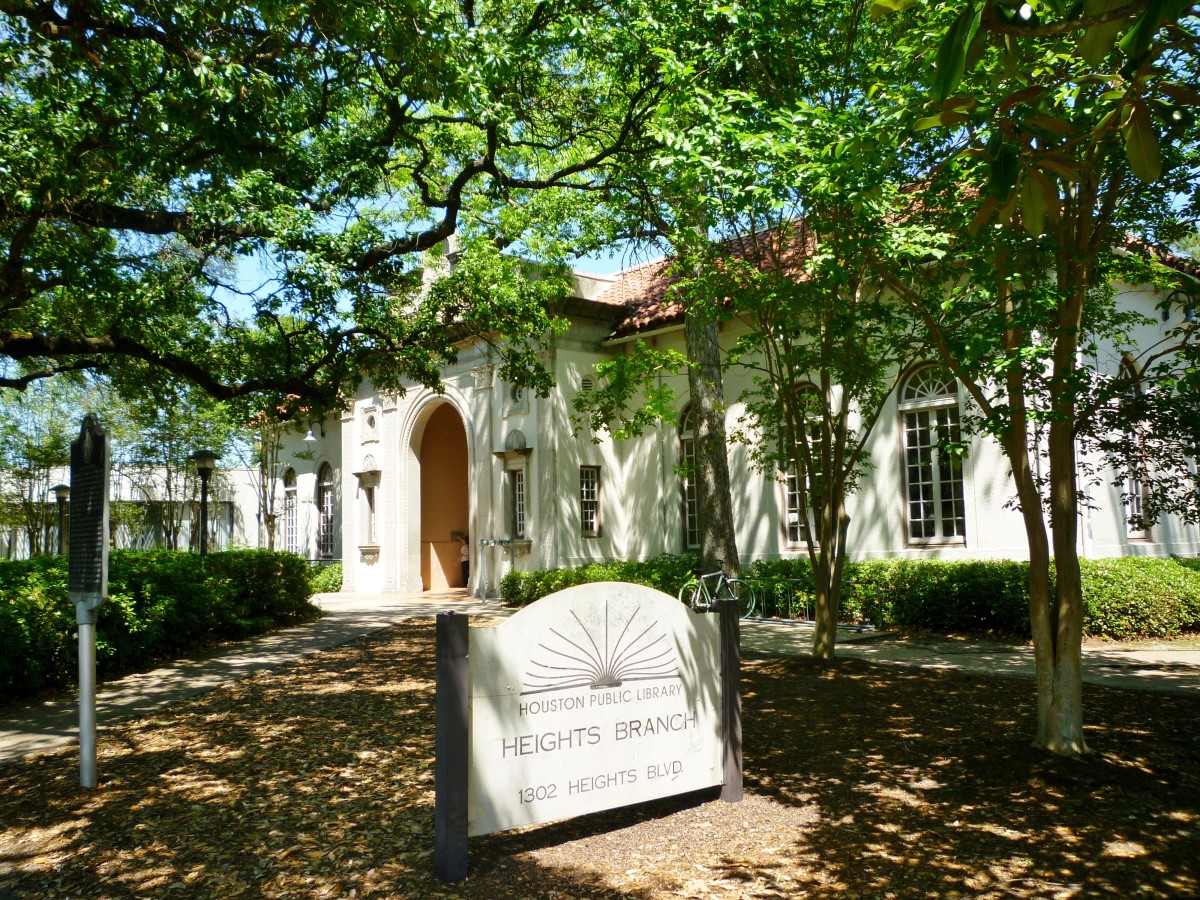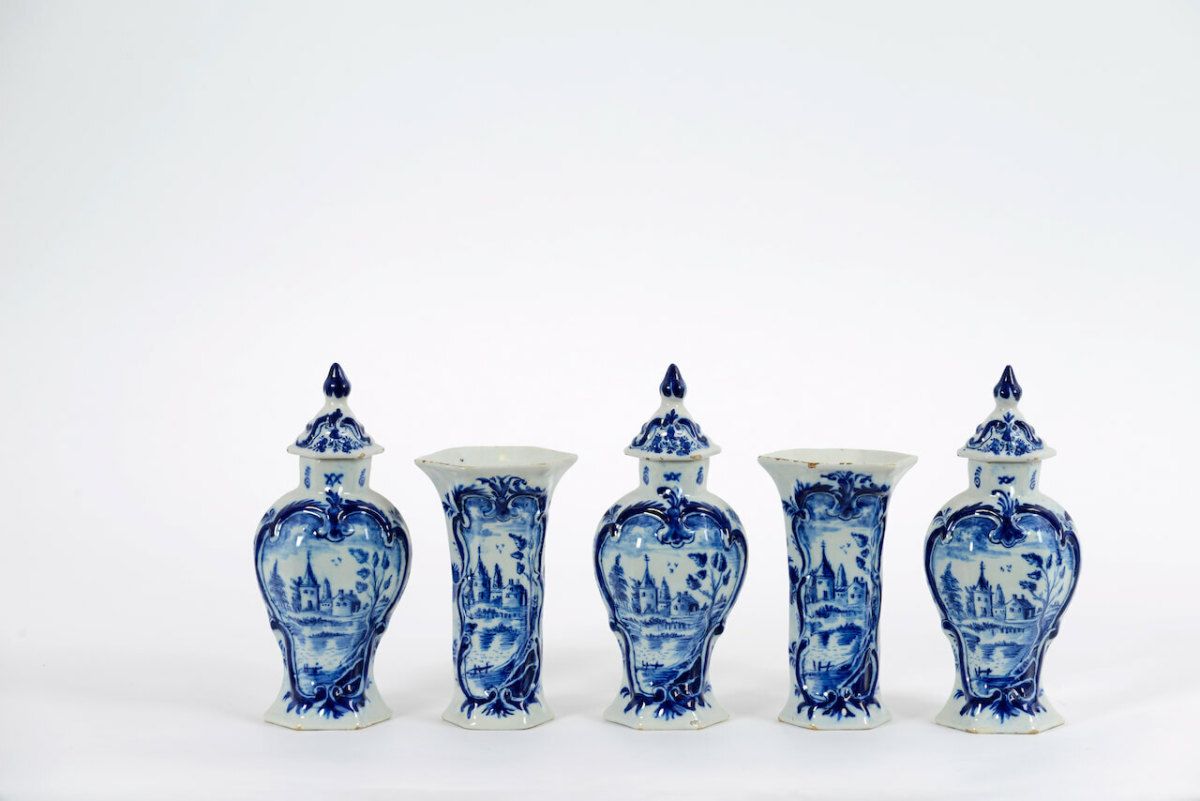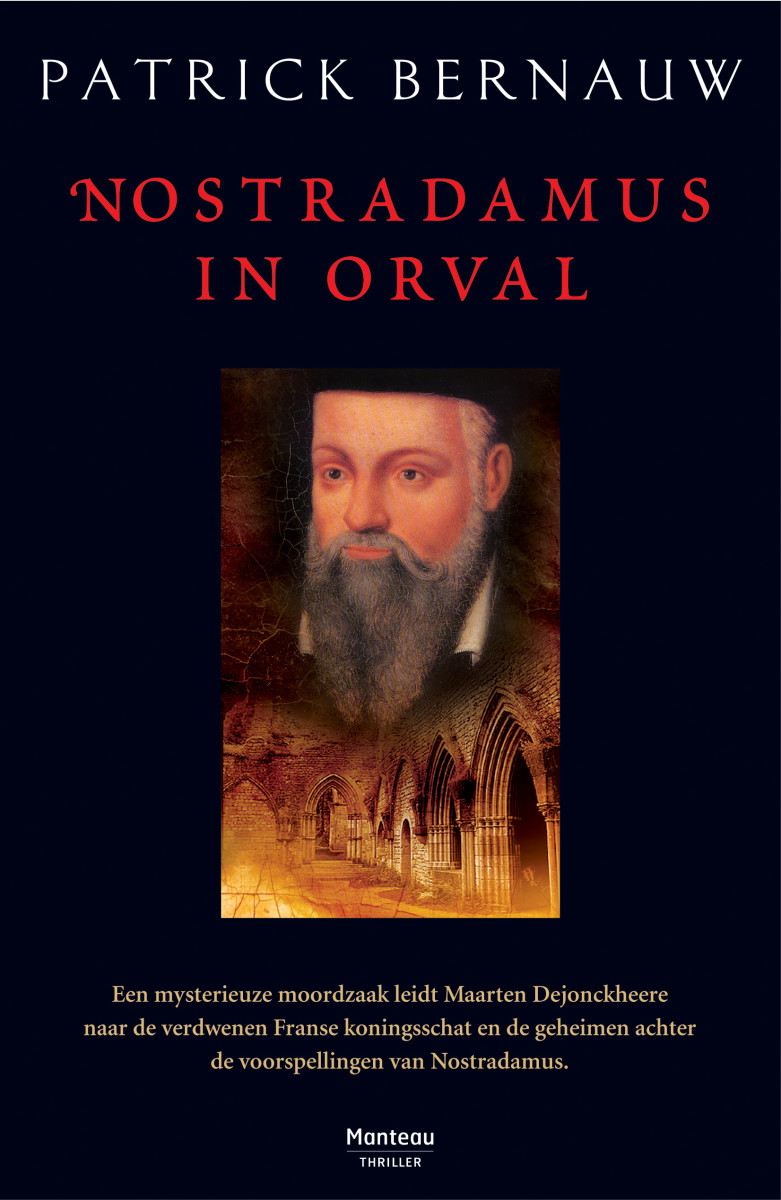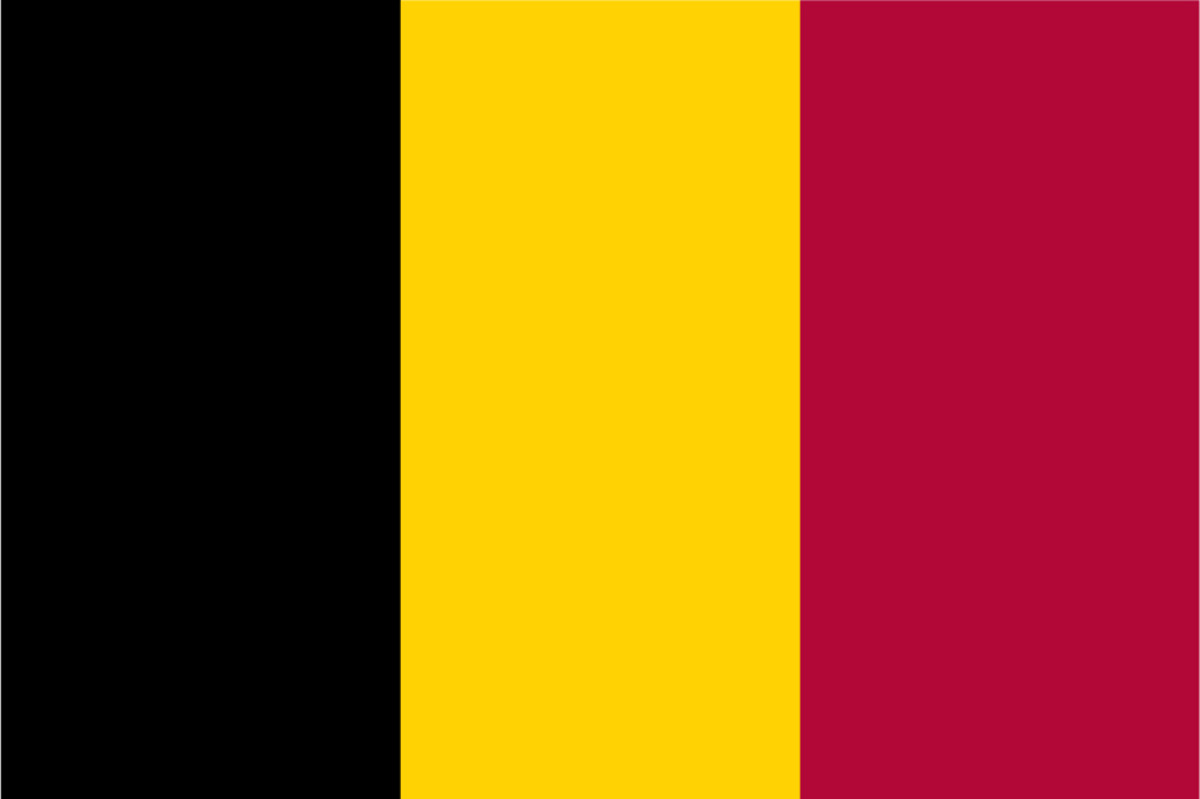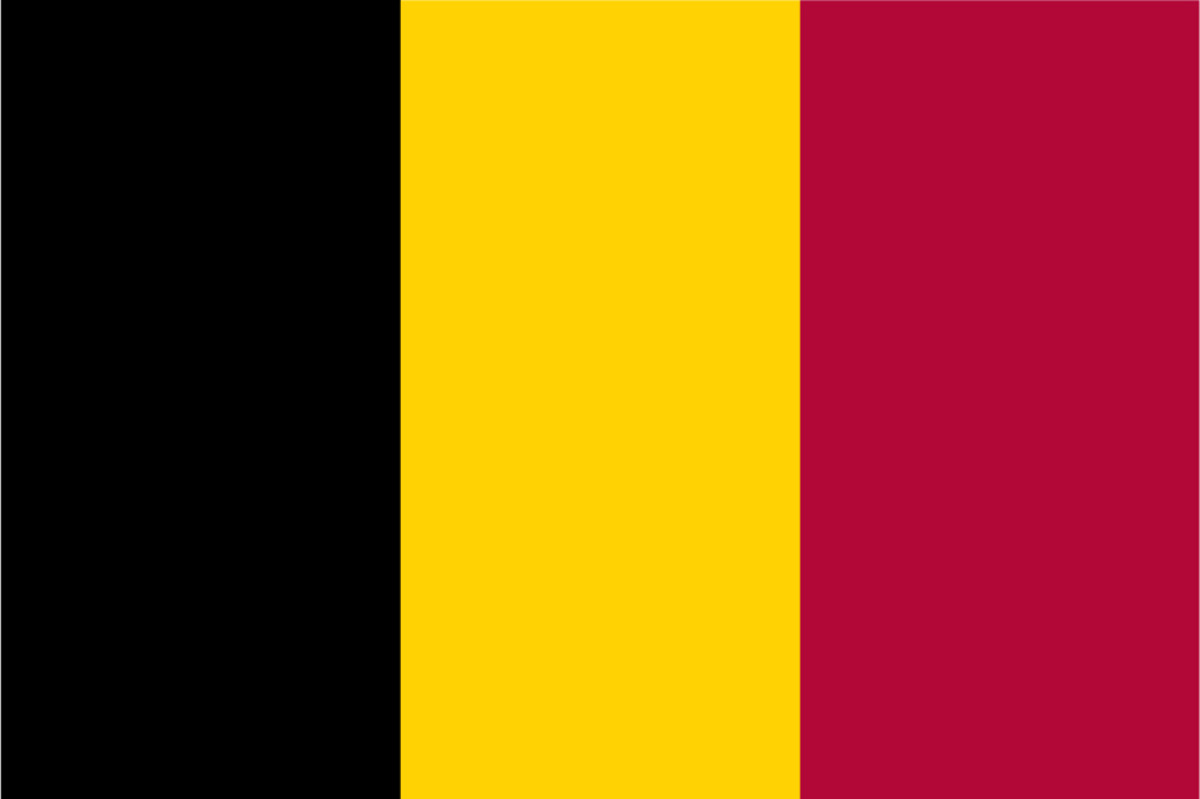Visiting architecturally impressive Oudenaarde, Belgium: outstanding craftsmanship in Flanders
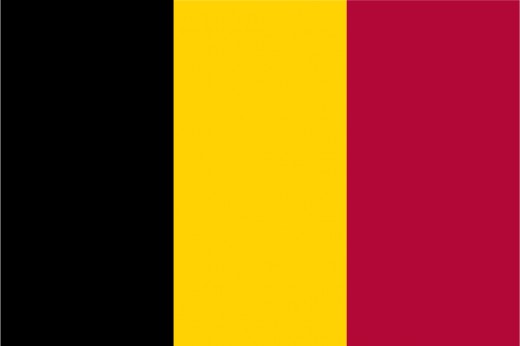
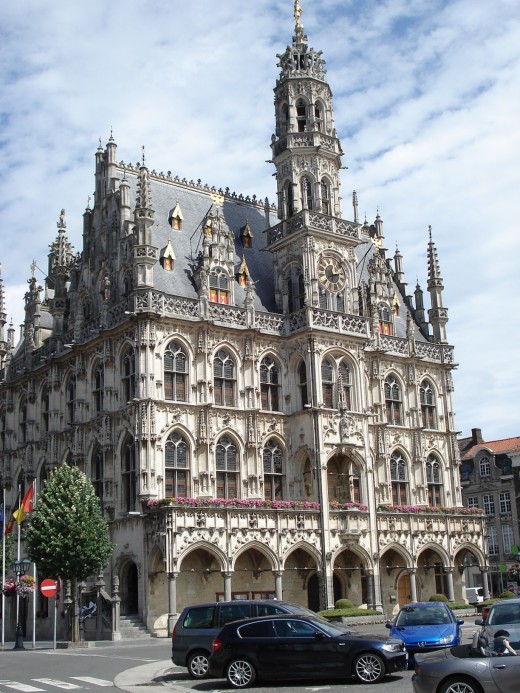
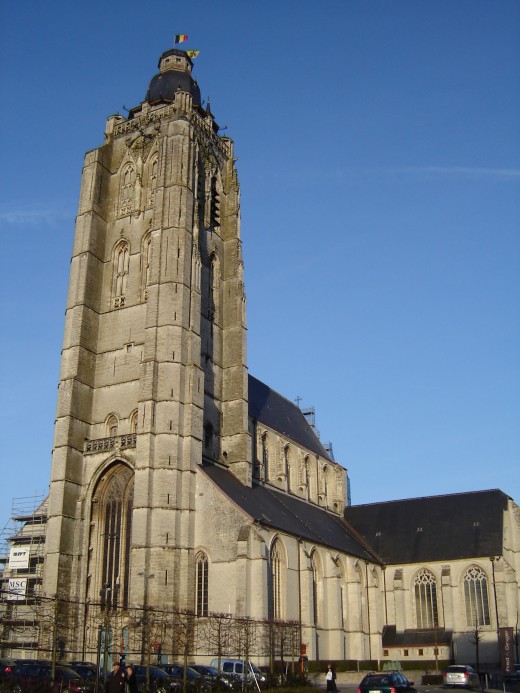
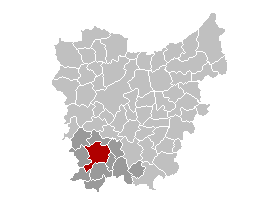
An undercurrent of the grotesque, too?
This Belgian town has some outstanding, well preserved architecture.
First, though, some basic facts.
Where is it and how do you spell it?
It's in Flanders, Belgium. That is to say, in the Flemish Region of Belgium. In Belgian provincial terms, it is in East Flanders (Dutch: Oost-Vlaanderen). So, the town is in the east of Belgium, then; to the east of Flanders? Actually, no; it's in the west of Belgium and Flanders. So, why call it East Flanders? Well, it's what they have called it for centuries, so if someone changed it now, people would think it was odd. Better for the rest of us to think it odd, instead.
Right.
So how do you spell the town? Well, in the town itself, and in Flanders, it is spelt: Oudenaarde. Beginning with an 'O'. But it can sometimes be hard to look up in an index, because in French it's spelt with an 'A': Audenarde. And since British and North American visitors have been around Belgium for such a long time, they have also developed their own spelling as well: Oudenarde. Unless, that is, they use the Dutch spelling. Or the French one.
It's on the Scheldt River , too. ('Scheldt' is the spelling used in English. Belgians don't tend to use it, though.) In Dutch, the spelling is 'Schelde' and in French, 'Escaut'. In Oudenaarde, better to use the Dutch spelling ... .
Oudenaarde's Town Hall
So we come to the Town Hall (Dutch: Stadhuis). The balance and complexity of its lines, in Brabantine Gothic style, is almost breathtaking. While incorporating some 14th century elements at its rear, the main structure was erected from 1526 to 1537 by Hendrik van Pede. Some of the building's design pattern features are said to honour Emperor Charles V, who stayed in the town a few years before the building was started.
Tapestry production was a noted activity in the town and the interior of the Town Hall possesses some fine examples of these locally produced items.
Such a fine Town Hall is testimony to the prosperity which marked Oudenaarde in the 16th century. In fact, the town lost a significant proportion of its merchants and artisans during that century. This was a more religious age, and after many of them embraced a Protestant understanding of Scripture, the controversies and repression which ensued meant that large numbers of the more productive citizens went into exile. In subsequent centuries under Habsburg rule, the town did not prosper as it once had.
The Sint-Walburgakerk
This striking church building was begun in the 12th century. Its huge tower, 88 metres tall, was built in stages between 1498 and 1624. It style is described as early Gothic.
In the 16th century, the church was damaged by Protestants. In World Wars One and Two the church was again damaged, and repeatedly restored.
In the partly Baroque interior of the church, I was struck by the flamboyant and even grotesque carvings, which inform some of the grave monuments of prominent people buried there.
Noted local people
These include:
Margaret of Parma (1522-1586), the daughter of Emperor Charles V, she was the Governor of the Netherlands during crucial — and sanguinary — periods of history.
Jotie T'Hoofd (1956-1977) was a local, Dutch language poet, whose works have proved popular. He is noted for a thematic preoccupation with death in his works.
Also worth seeing
Bruges (Dutch: Brugge ; distance: 59 kilometres) has numerous cultural treasures and examples of Medieval architecture, both ecclesiastical and secular. Since the Middle Ages, its 83 metre Belfry has been a major landmark. A canal tour is a useful way for the visitor to become better acquainted with this outstanding city.
Kluisberg / Mont de l'Enclus (distance: 11 kilometres); this picturesque, wooded hill attracts many visitors, and lies on the Dutch/French linguistic boundary.
Tournai (distance: 36 kilometres), its magnificent architectural heritage includes its 12th and 13th century Cathedral and a fine Medieval tower.
Antoing (distance: 47 kilometres), town on the Scheldt River , with an ancient castle belonging to the de Ligne Princes.
Ghent (Dutch: Gent ; distance: 29 kilometres), outstanding historical and architectural treasures include the Medieval castle, the Gravensteen , its 14th to 16th century Cathedral and the picturesque Leie River frontage of old gabled buildings.
St.-Amand-les-Eaux , France (distance: 58 kilometres), has an intricately crafted tower housing a museum.
...
How to get there: Brussels Airlines flies from New York to Brussels Airport (Brussel Nationaal / Bruxelles-National ), from where car rental is available. Brussels is the nearest large airport to Oudenaarde (distance: 84 kilometres). The Belgian NMBS / SNCB railroad company maintains a service between Brussels and Oudenaarde. Please check with the airline or your travel agent for up to date information. Please refer to appropriate consular sources for any special border crossing arrangements which may apply to citizens of certain nationalities.
MJFenn is an independent travel writer based in Ontario, Canada
Other of my hubpages may also be of interest
- http://hubpages.com/hub/Visiting-Belgiums-Mont-de-lEnclus-Kluisberg-wooded-hill-divided-into-its-Fre
How can a hill covered in trees be partly French-speaking and partly Dutch-speaking? Answer: this is Belgium. It happens, trust me. But do the trees speak French or Dutch (or any other language, for that... - Visiting Bruges, Belgium: dizzyingly high towers and powerful, Medieval memories
There is so much for the visitor to see at Bruges (Dutch: Brugge ), in the Belgian Province of West Flanders (Dutch: West-Vlaanderen ), in the Flemish Region (Dutch: Vlaams Gewest ) that he or she may well... - Visiting the Palace of Justice at Brussels, Belgium: gigantic building, huge issues
The enormous Palace of Justice (French: Palais de Justice ; Dutch: Justitiepaleis ) building in central Brussels looked so new and different when completed in 1883 (having taken since 1866 to build) that... - Visiting Anderlecht, Belgium: historical gem in bustling Brussels
Anderlecht is a bilingual municipality in the Brussels Capital Region of Belgium. Among Brussels's many historical and cultural treasures, the Erasmus House in Anderlecht is certainly very significant. I... - Visiting Bouillon, Belgium: memories of Godefroid, styled King of Jerusalem, and his castle
So this Medieval castle is in Luxembourg? Well, yes and no. Some geography The Grand Duchy of Luxembourg, with its many castles, is an independent state, which neighbours Belgium....
